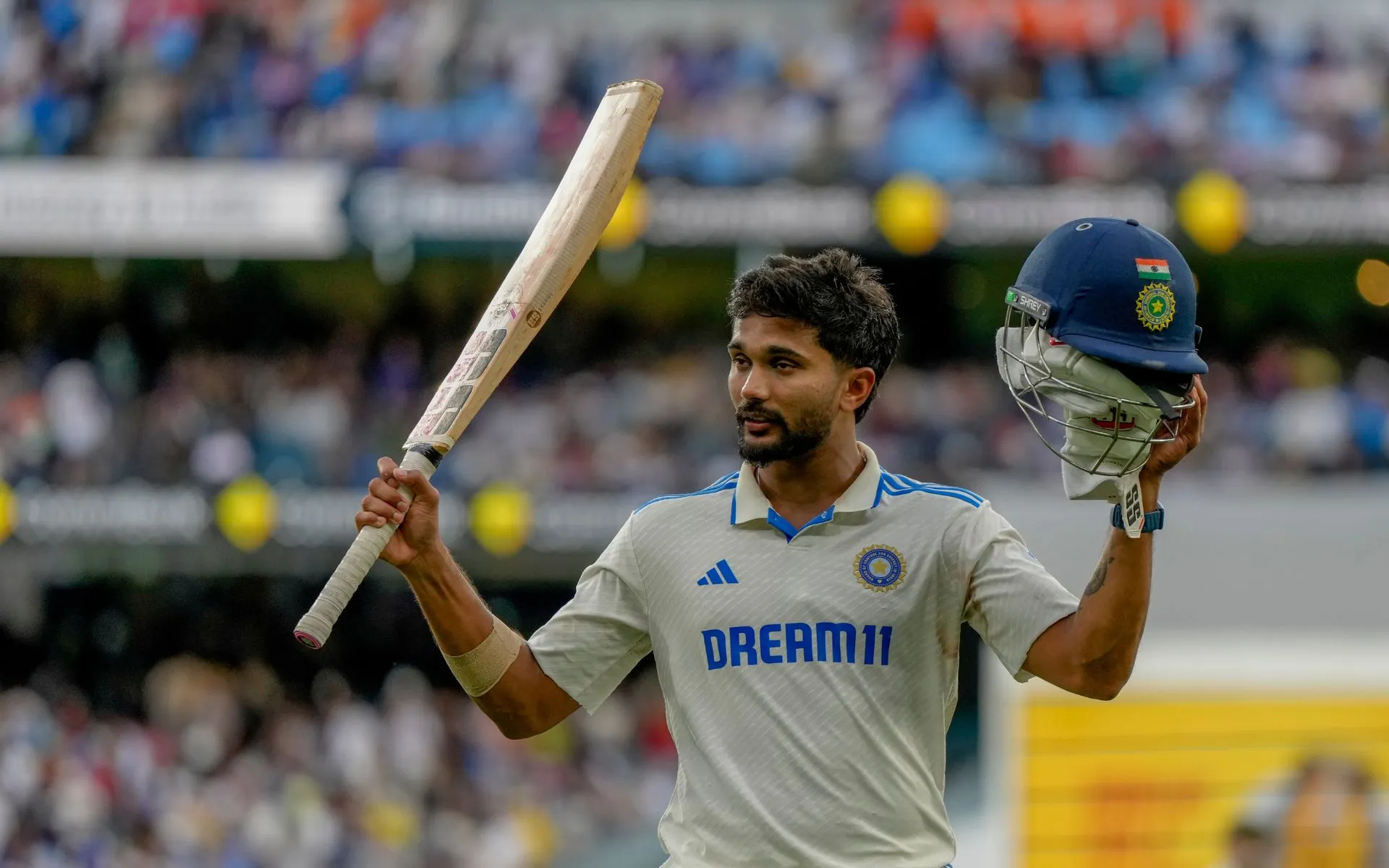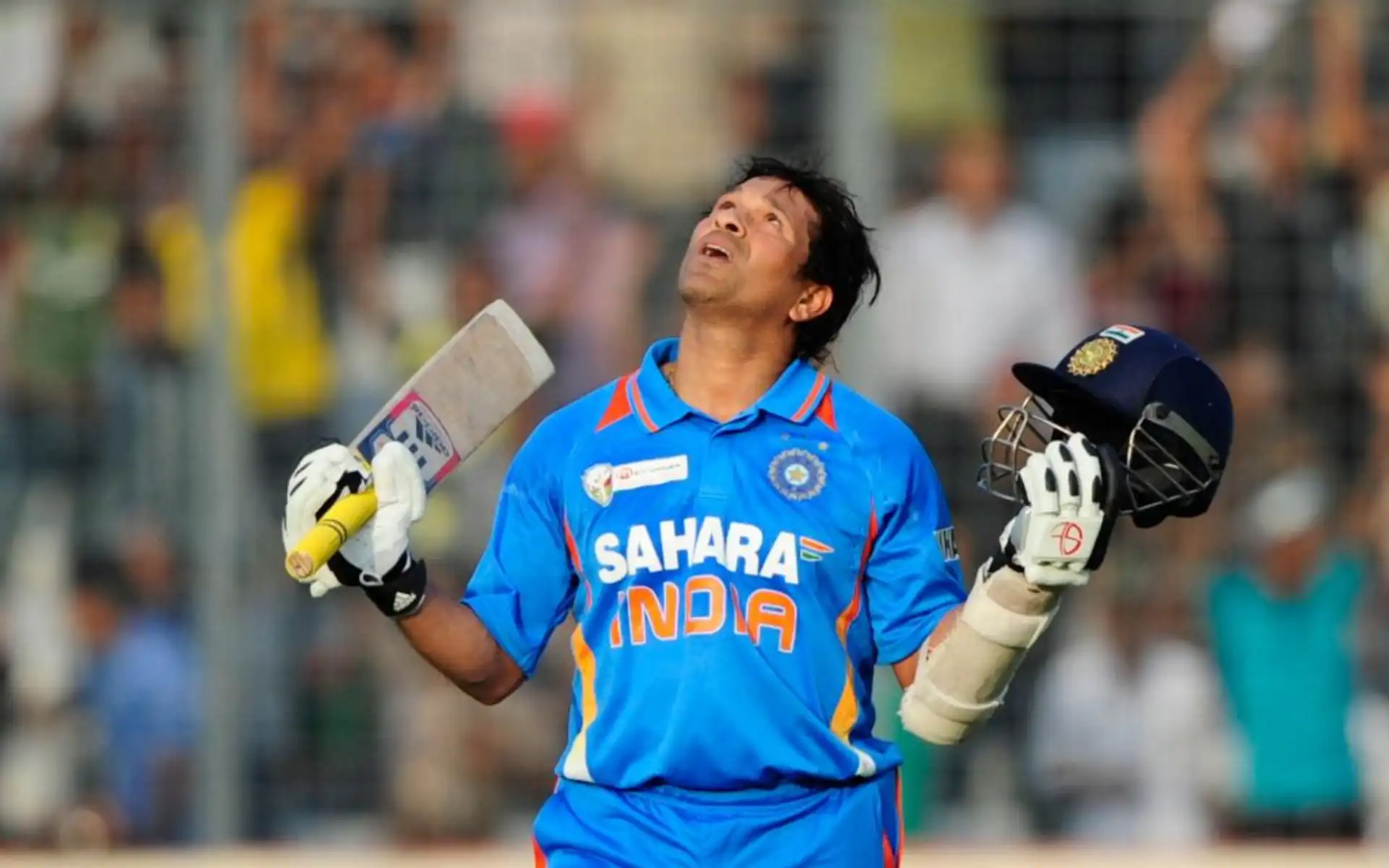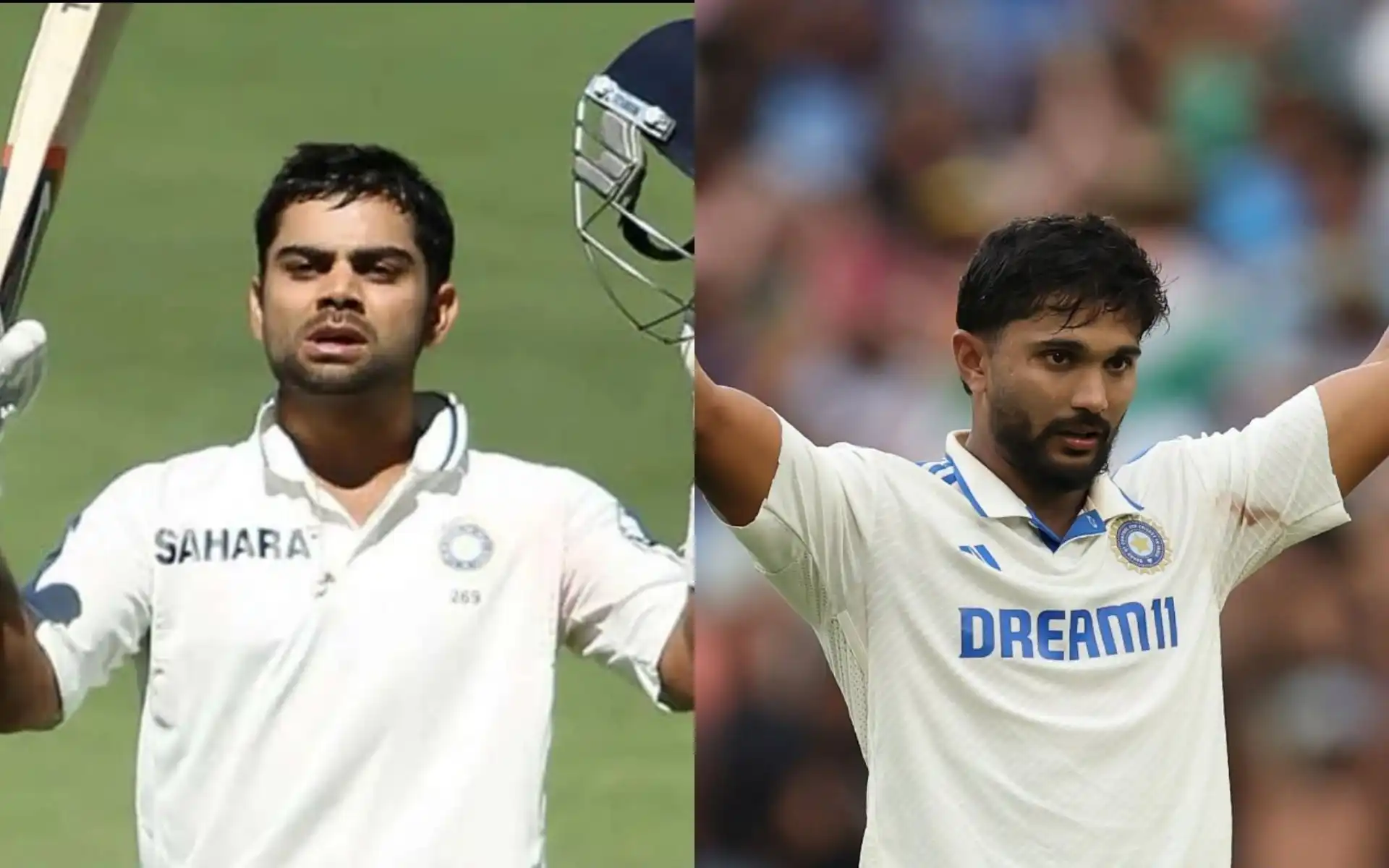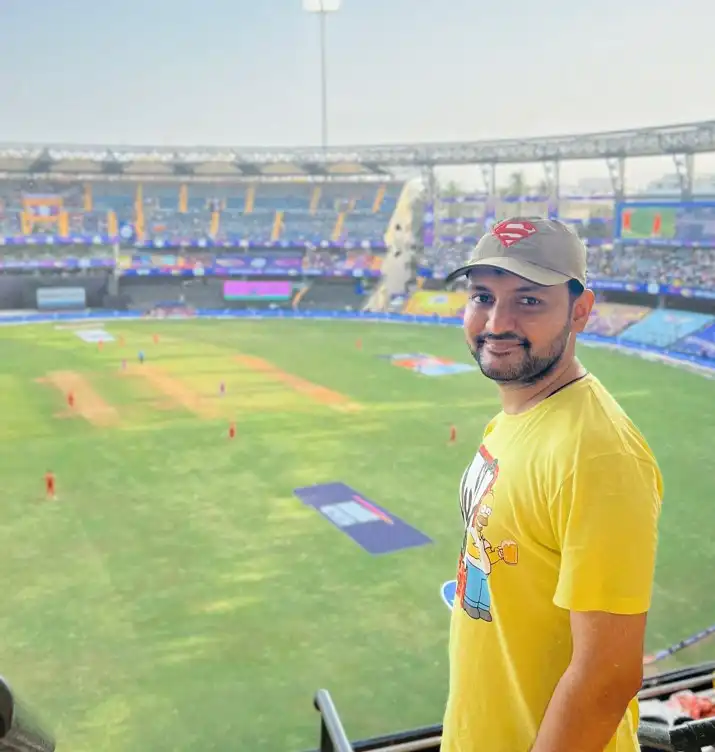 Nitish Reddy (Source: AP Photos)
Nitish Reddy (Source: AP Photos)
Australian surfaces, while a hellfire for many visiting line-ups the world over, seems to bring out the best of many prodigious batting talents from India. From Sachin Tendulkar’s successful baptism ‘Down Under’ in 1992 to Nitish Kumar Reddy’s famous MCG rebellion in late-2024, here we take a look at some of the youngest-ever Indian cricketers to have scored Test centuries on Australian soil.
4. Dattu Phadkar, aged 22y 46d in 1948, Adelaide
One of India’s finest batters from the yesteryears, a 22-year-old Dattu Phadkar was part of the Indian group that travelled to Australia for a five-match Test series in late-1947. Making his debut in the second match of the tour, the then youngster scored a fighting 51 for India to remain the lone half-centurion from either side in the drawn Test of the SCG.
In the third Test of his career and the fourth match of the tour at the Adelaide Oval, Dattu Phadkar notched up his maiden century with a courageous 123 from 284 balls. Aged just 22 years and 46 days at the time, Phadkar’s fluent knock with the bat helped India mount 381 in their first innings. Team India, however, ended up losing the match by an innings and 16 runs to go 0-3 down in the series.
3. Nitish Reddy, aged 21y 216d in 2024, Melbourne
India’s latest batting sensation Nitish Reddy took on WTC title holders Australia on their home turf with remarkable poise. Making his debut with the first Test of the 2024-25 Border-Gavaskar Trophy, the occasion also coincided with India’s biggest win in Australian soil. A couple of matches after demonstrating exemplary promise with the bat through some belligerent lower-order contributions, Nitish came to his own and crafted a century for the ages to rescue India from a near-certain follow-on threat at the Melbourne Cricket Ground (MCG) on December 28.
Aged 21 years and 216 days at the time, Nitish Reddy’s mercurial innings elevated India from 191-6, followed by 221-7, to over 350 runs by stumps later that same day.
2. Rishabh Pant, aged 21y 92d in 2019, Sydney
Dashing Indian wicketkeeper-batter Rishabh Pant transcended all expectations on his first Test trip to Australia, within the first year of his Test career no less. After cracking some quick scores for India in the first three Tests of the 2018-19 Border-Gavaskar Trophy, Pant whipped out 159* from just 189 balls with 15 boundaries and a six in the series-deciding match of the tour.
Taking on the likes of Mitchell Starc, Josh Hazlewood, Pat Cummins and Nathan Lyon; Pant’s unbeaten fury and tall partnerships with fellow-centurion Cheteshwar Pujara and Ravindra Jadeja helped India churn out a draw at the SCG to seal the four-match series 2-1, their first-ever ‘Down Under’. Remarkably, Rishabh Pant was aged just 21 years and 92 days on the day of his match-defining hundred to become India’s second youngest centurion in Australia.
1. Sachin Tendulkar, aged 18y 256d in 1992, Sydney
All-time batting great Sachin Tendulkar announced his arrival to international cricket within months of his Test debut by scoring a splendid 119* against England on a tough Manchester surface. A year-and-a-half later, Tendulkar proved his Old Trafford masterclass was no fluke as he conquered a champion Australian attack in their own den during India’s 1991-92 tour.
In the third Test played out at the Sydney Cricket Ground, the then teenage sensation crafted 148* regal runs to help India mount a 170-run lead over the hosts. At the age of 18 years and 256 days, Tendulkar became the youngest ever Indian in history to make a century in Australia.
In the final match of the tour on a lively WACA surface, the legendary Indian batter topped himself to list 114 fighting runs in a Test where his team crashed to a 300-run defeat. Nonetheless, Tendulkar’s knock signaled his arrival to a sport which he would proudly dominate over the next two decades.
![[Watch] Nitish Reddy Keeps His Bat On Helmet After Conquering MCG With A Blistering Ton](https://onecricketnews.akamaized.net/parth-editor/oc-dashboard/news-images-prod/1735367274339_nitish_reddy_celebration (1).jpg)


.jpg?type=mq)

 (1).jpg?type=mq)
